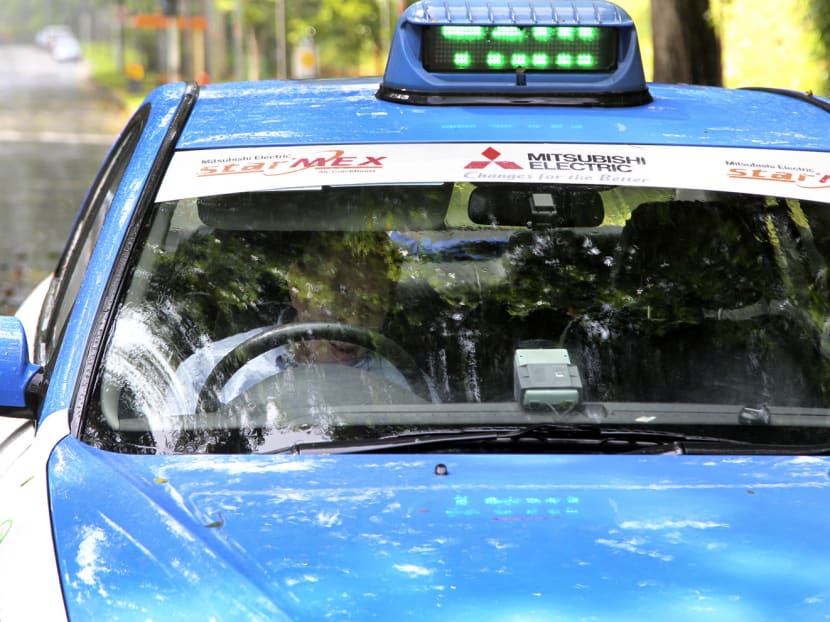NEA clamps down on drivers who leave engines idling
SINGAPORE – Over the past three years, the National Environment Agency (NEA) has taken action on more than 8,000 cases of errant drivers who leave the engines idling while their vehicles are stationary. Fines have been meted out and warning letters and advisories issued, the NEA said.

Errant motorists who leave the engines of stationary vehicles idling can be fined up to S$5,000. Today File Photo
SINGAPORE – Over the past three years, the National Environment Agency (NEA) has taken action on more than 8,000 cases of errant drivers who leave the engines idling while their vehicles are stationary. Fines have been meted out and warning letters and advisories issued, the NEA said.
In its latest three-hour enforcement blitz on Wednesday in Ang Mo Kio Street 53, warning letters were issued to another 14 drivers who had left the engines of stationary vehicles running. Pamphlets and anti-idling car decals were also distributed to 236 motorists.
The exercise will be conducted periodically to serve as a timely reminder to motorists, the NEA said.
Wednesday’s exercise found that motorists who had left their engines idling were often those who were unaware of the regulations, taxi drivers waiting to pick up customers, parents waiting for their children at school, workers loading and unloading goods at non-designated spots and drivers resting in their vehicles during a break.
Under the Environmental Protection and Management (Vehicular Emissions) Regulations, it is an offence to leave the engine of a motor vehicle running when it is stationary for reasons other than traffic conditions.
Errant motorists can be fined up to S$5,000. “A stationary motor vehicle with its engine running wastes fuel and causes air pollution. In addition, it causes smell and (is a) noise nuisance to the public,” the NEA said.
To raise public awareness of the regulations and environmental hazards posed by such vehicles, the NEA said it regularly engages vehicle fleet operators such as public transport operators, the Singapore School and Private Hire Bus Owners’ Association and the Singapore School Transport Association.
It also distributes through schools publicity posters, decals and pamphlets to educate parents and private school transport operators on switching off the engine while waiting to pick up schoolchildren.
However, a random check by TODAY with motorists found that many were unaware of the regulations, which date back to 1999.
Video producer Jeremy Oh, 27, said he often waits for his friends in his car with the engine running. “Sometimes they take a long time to leave (their houses) — up to 15 minutes — so I wait for them in my car with the air-conditioning on because it is comfortable,” he told TODAY.
He pledged to turn off the engine while his car is stationary after being informed of the regulations.
Taxi driver David Goh said that, while he was aware of the regulations and had tried to adhere to them, he felt they were an inconvenience — especially when he had to wait for passengers on warm days.
“Sometimes, passengers enter my taxi and complain that it is too warm inside. But I have no choice, because I have to turn off my engine while waiting for them.”
The NEA said members of the public who spot idling vehicles are encouraged to report them to the agency, with details such as the vehicle’s registration number, location as well as the date and time of the incident.
They may do so via the NEA’s hotline at 1800-CALL NEA (1800 2255 632),smartphone app myENV or email at Contact_NEA [at] nea.gov.sg.






